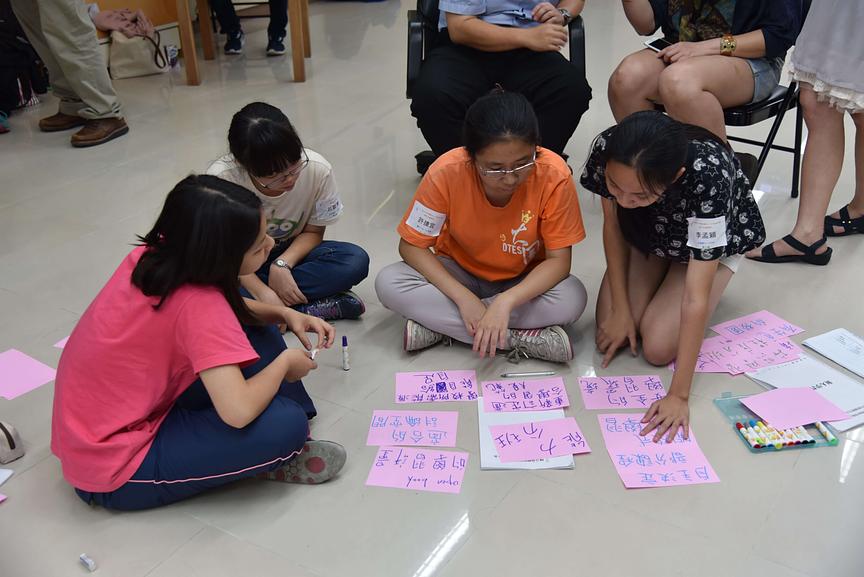What we do?
This project was initiated by National Taiwan Science Education Center. We invited teachers from high schools, vocational schools and universities to participate in curriculum development which focuses on the inquiry and practice oriented learning method. This program aims to encourage student to explore and solve transdisciplinary problems. The mixed-age teams learn to define problem and to solve solutions, hoping to foster their ability to solve transdisciplinary issues.
Why we do it?
In 2019, Taiwan began to promote 12-year Compulsory Education. The emphasis on "core literacy" is to cultivate student with the knowledge, abilities and attitudes that individuals need to adapt to their current lives and face the current challenges. In order to meet the national education goals, the National Taiwan Science Education Center initiated the “Adolescent Transdisciplinary Integration Talent Cultivation Program”. We are aware of the international education trend which pays more attention in transdisciplinary, integration, communication and negotiation, and complex problem-solving skills. Under the consideration of not only the category of "science", we invite outstanding experts and teachers from the middle school to the university to apply innovative thinking on education, practical experience and vision and construct a new model for nurturing young talents. Taking transdisciplinary integration as a vision to equip young people with skill of independent learning, analytical thinking, systematic thinking, caring for the world, teamwork and communication skills, beyond the restriction of regions, economic, ethnic, or gender differences. The program provides students with equal and innovative learning opportunities to discover and nurture potential young people and to cultivate our country's future transdisciplinary talent.

